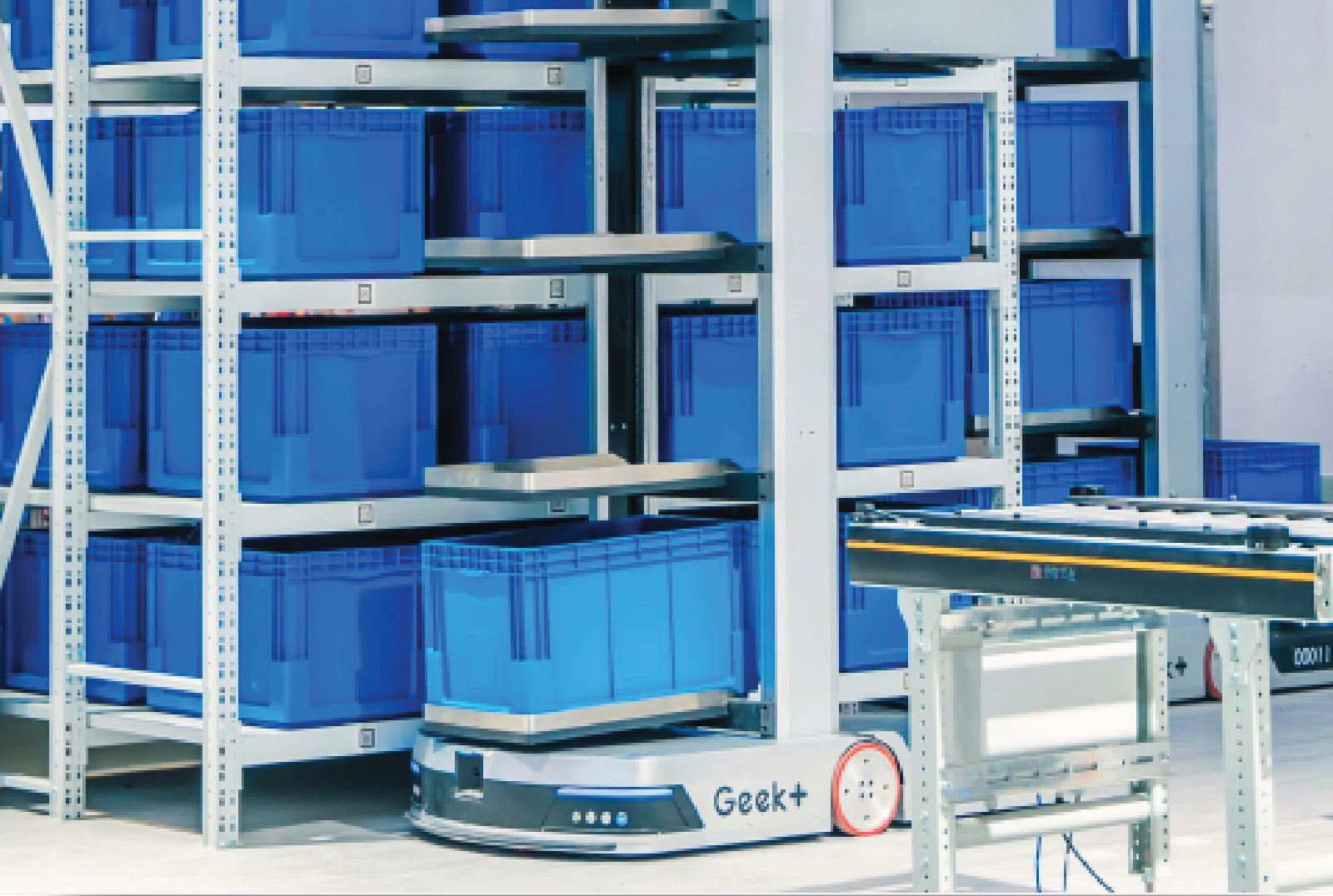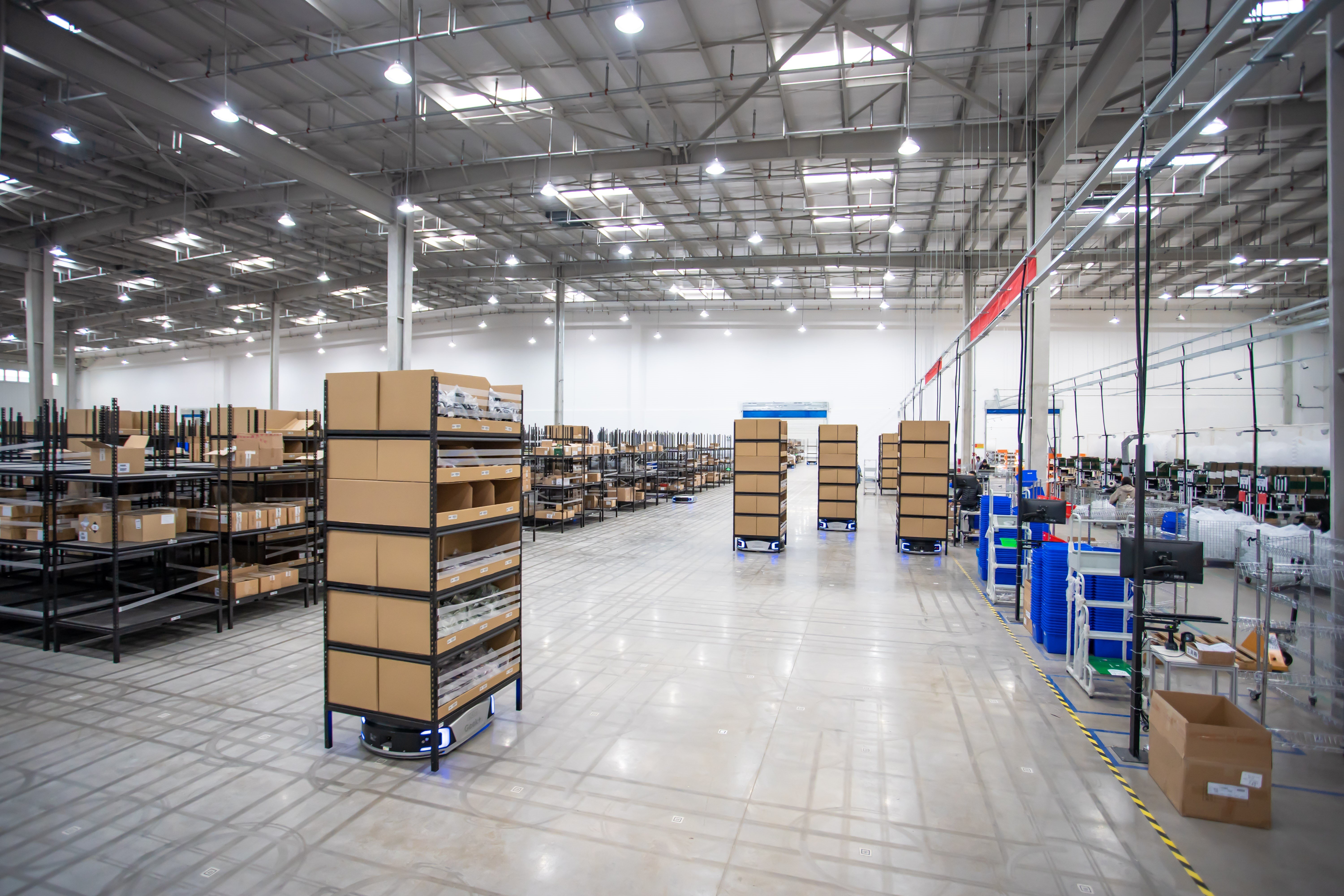The speed of order fulfillment has progressed to become a vital growth factor for businesses, particularly with expanding consumer demands for same- or next-day delivery. Cross-docking is one supply chain management strategy that can be enacted to aid organizations achieve a competitive edge. In this article, we seek to decode how cross-docking can transform the efficiency of material handling, when implemented appropriately and in the right conditions.
Table of Content:
What is a Cross-Docking Solution?
Types of Cross-Docking Solutions
Advantages of Using Cross-Docking
Potential Risks of Using Cross-Docking
What Businesses are Suited for Cross-Docking?
What is a Cross-Docking Solution?
Broadly speaking, cross-docking is a logistics procedure that involves delivering products from a supplier or manufacturing plant directly to customers with marginal or no material handling or storage in between. Since this process is achieved by immediately processing and converting inbound deliveries to outbound shipments, a distribution center ends up functioning more as a sorting center rather than a storage or warehouse facility.
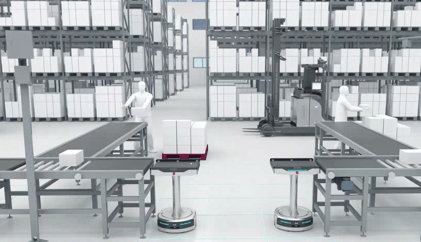
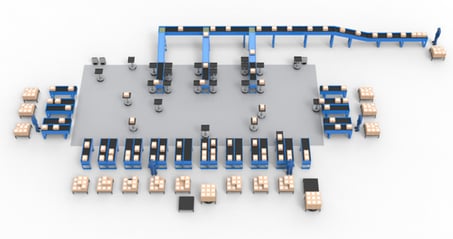

Types of Cross-Docking Solutions
There are three primary methods employed in cross-docking.
1) Continuous cross-docking
The first, and the most straightforward application is continuous cross-docking, where products and materials are continuously moved through a central site, directly from inbound to outbound shipments. The process, otherwise known as opportunistic cross-docking, is used to swiftly meet customer sales orders and is largely incessant apart from the occasional wait times incurred when trucks arrive at different timings.
2) Consolidation arrangement
Another method is consolidation arrangement, which refers to the process of merging several smaller products or freight loads into one larger load in the cross-docking facility. Certain items held at the site’s minimal storage may also be combined with the inbound goods to form full truckload shipments for transportation and gain economies of scale. This is also applicable for distributors to compile products from different vendors into one shipment before delivery to customers.
3) Deconsolidation
The final practice is deconsolidation, where a large load is broken down into several smaller ones for more convenient transport. This is generally utilized in retail and direct-to-consumer shipments, where the receipt of products from multiple vendors are sorted onto outbound trucks to be shipped to a series of destinations such as brick-and-mortar stores.
Cross-Docking VS Warehousing
While traditional warehousing system necessitates that a distributor has stocks on hand to fulfil shipments to customers, a cross-docking system emphasizes on Just-In-Time (JIT) delivery, where products are unloaded directly from incoming to outbound transport with little, if any, midway long-term storage.
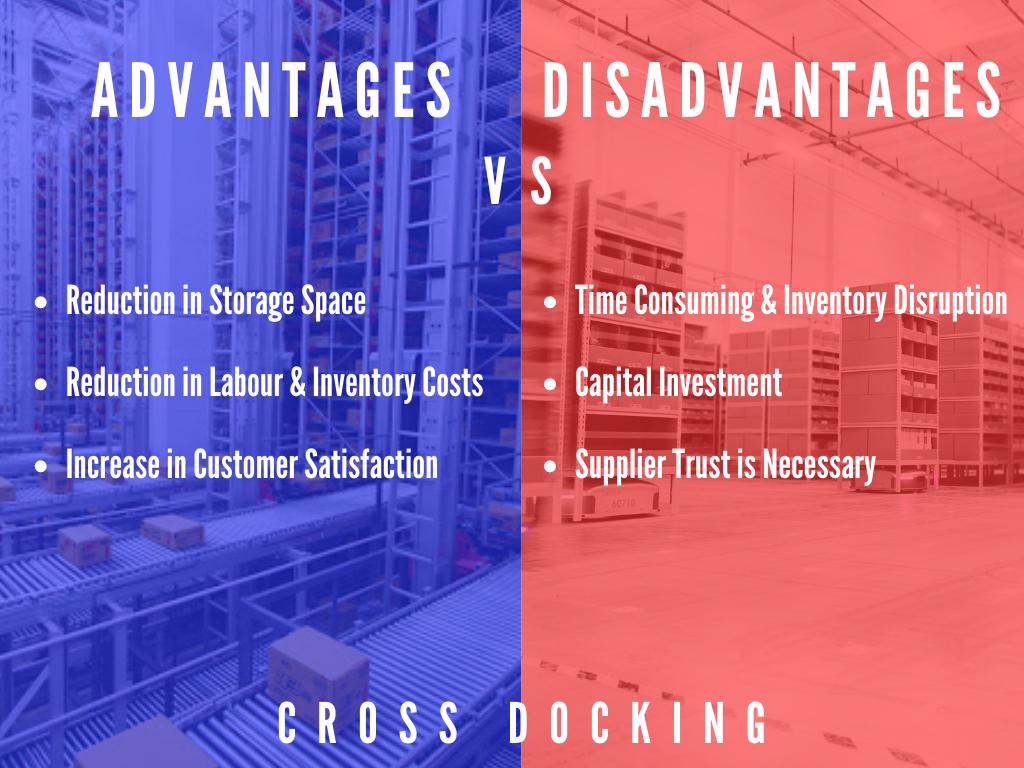
Advantages of Using Cross-Docking
Reduction in Storage Space
According to Warehousing and Fulfilment, businesses spend an average of $6.53 per square foot of warehouse space. By lowering the spatial need for storage and warehousing, cross-docking can not only alleviate long-term storage costs, but also enhance savings in terms of equipment and utilities, thereby minimizing carbon footprint as well.
Reduction in Labour & Inventory Costs
The elimination of long-term inventory and reduction of goods movement around the facility that comes with cross-docking significantly scale down the amount of manpower required for both inventory management and material handling. The consequent savings can be passed on to customers or funnelled towards other process improvement projects.
Increase in Customer Satisfaction
Since the heart of cross-docking lies in the immediate conversion of inbound deliveries to outbound shipments, the time needed to deliver the goods to the customers is tremendously abbreviated. In addition, while staging products i.e., temporarily keeping them on the dock while processing them before shipping, employees can easily inspect products for damages. Furthermore, with the eradication of material handling, the resulting risk of product damage is kept to a minimum as well. Overall, through accelerating delivery and amplifying product quality, cross-docking can improve service levels and take customer satisfaction to new heights.
Potential Risks of Using Cross-Docking
Time-Consuming & Risk of Inventory Disruption
Cross-docking can be a seamless solution if properly planned, scheduled and executed. Otherwise, the process can be extremely tedious. Moreover, as products are not put away in a prescribed fashion during cross-docking, there is an increased risk related to loss of inventory control. Hence, to implement cross-docking effectively, warehouse and supply chain managers should put into place robust inventory control processes and ensure proper training of warehouse employees.
Capital Investment
To effectively implement a cross-docking operation, a significant upfront investment is indispensable. While a business does realize cost savings in the long run, it should be prepared to fork out a noteworthy amount to set up cross-docking terminals.
Supplier Trust is Necessary
Cross-docking relies on the JIT philosophy for manufacturing and shipping. If suppliers routinely fail to send the correct products or quantities, the order fulfilment capacity of a business may be severely disrupted. Not only would this erode customer trust, it would also have grave ramifications on operational productivity and business profitability.
What Businesses are Suited for Cross-Docking?
Cross-docking is accompanied with numerous benefits, but it is indeed expensive to establish. How can you determine if this strategy is ideal for your business? We recommend you to evaluate based on your industry, as some industries reap more advantages, more quickly, from cross-docking than others. If the imperatives of your industry are concerned with JIT manufacturing (e.g. the automotive industry), high volume of fast moving goods (e.g. the F&B/ consumer goods industries) or high maintenance inventory (e.g. the chemicals industry), cross-docking may be for you.
-png.png) Whether you're a 3PL seeking to expand your services or a business trying to streamline supply chain operations, the success of cross-docking may depend on the ability to integrate technologies that can enable fast, accurate and collaborative cross-docking operations. Geek+ provides smart logistics solutions applicable to a broad range of supply chain scenarios.
Whether you're a 3PL seeking to expand your services or a business trying to streamline supply chain operations, the success of cross-docking may depend on the ability to integrate technologies that can enable fast, accurate and collaborative cross-docking operations. Geek+ provides smart logistics solutions applicable to a broad range of supply chain scenarios.
